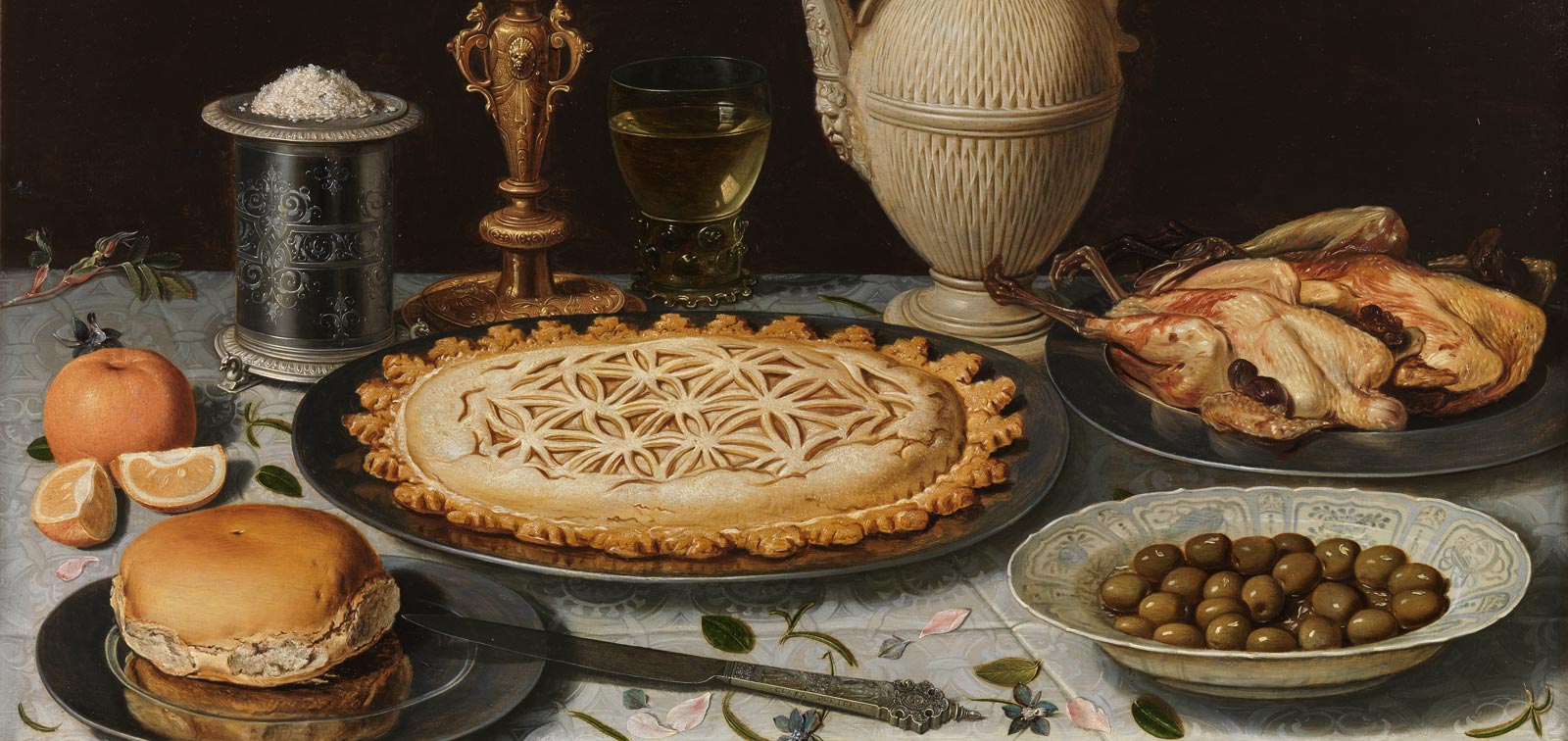How to Eat in the 16th Century
Meals change over time. What we eat, and how much we eat changes. In the 16th century we see the transition from the medieval context of two main meals a day, with the first one happening sometime after 10 am, to a more modern concept of three meals a day. However, even still, they were not the same style of meals we’re used to.
How to put together a basic set of food for a day, not a feasting day, but a standard day. For some of this I’ll be using previous work I’ve done, the OED, and I double checked a few various texts. Think of this one not so much of an article as a set of guidelines for making things more period for those of us who are 16th century.
In Tudor England the three meals of the day were called Breakfast (brekfast, brekefast, breckfast), though this was not eaten by everyone, however it did gain in promenence through the 16th century; Dinner (diner, dyner, dinere, dener, dynnor, dennar) was the meal eaten around the middle of the day, from what I can tell it could be eaten as early as ten or as late as two, this also tended to be the larger meal of the day; Supper (soper, sopper, soupier, suppare, suppair, super) was the final meal of a day. There is the implication that this meal was a lighter meal than dinner and probably generally consisted of either soup or pottage.
(more…)
